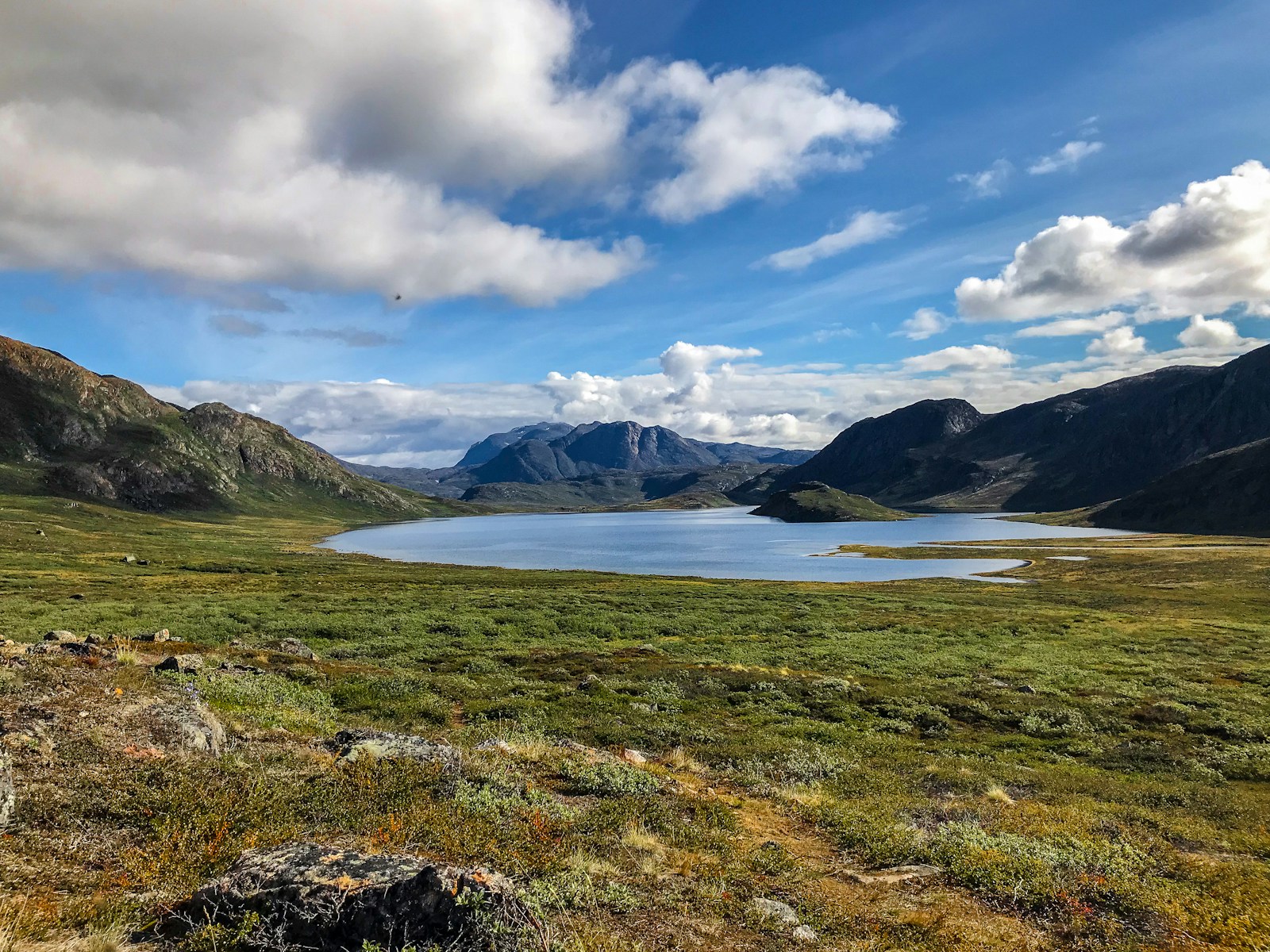In West Greenland, tens of thousands of lakes critical for drinking water and carbon sequestration are undergoing alarming transformations, with new research revealing the devastating effects of extreme climate events in 2022.
Key Points at a Glance
- Record-breaking heat and precipitation in fall 2022 caused 7,500 lakes in West Greenland to turn brown.
- Thawing permafrost released vast amounts of carbon and metals, altering the lakes’ ecosystems.
- The lakes shifted from absorbing carbon dioxide to releasing it, with emissions surging by 350%.
- These changes, typically occurring over centuries, happened within less than a year.
- Atmospheric rivers, a key driver of these events, are expected to increase in frequency due to climate change.
Greenland’s pristine blue lakes, long valued for their role in providing drinking water and sequestering atmospheric carbon, faced a catastrophic transformation in 2022. A study led by Jasmine Saros, Fulbright Distinguished Arctic Scholar and associate director of the University of Maine’s Climate Change Institute, has documented how a combination of record-breaking heat and precipitation drove unprecedented ecological changes in West Greenland.
By July 2023, less than a year after these events, the physical, chemical, and biological properties of 7,500 lakes were drastically altered—a process that would usually take centuries. This dramatic shift has raised alarm bells for environmental scientists, policymakers, and local communities.
West Greenland typically experiences snowfall in the fall. However, soaring temperatures in 2022 resulted in rainfall instead. The heat also caused permafrost—soil that had remained frozen for millennia—to thaw. As the permafrost melted, it released substantial amounts of organic carbon, iron, magnesium, and other elements into the environment. Heavy rainfall then carried these materials into the region’s lakes, turning them brown and drastically altering their ecosystems.
“The magnitude of this and the rate of change were unprecedented,” said Saros, also a professor of paleolimnology and lake ecology. Unlike the gradual browning seen in lakes across the Northern Hemisphere, the changes in Greenland were swift and extensive.
The influx of dissolved organic carbon created ideal conditions for bacterial growth, which not only degraded water quality but also produced unpleasant tastes and odors. Metals released from the thawing permafrost pose additional health risks, including potential carcinogenic effects when interacting with drinking water treatment processes. This could result in the production of harmful byproducts, such as trihalomethanes, during chlorination.
One of the most concerning findings was the lakes’ reversal from carbon sinks to carbon sources. Previously, the lakes absorbed carbon dioxide through photosynthesis performed by phytoplankton. However, with less light penetrating their now-opaque surfaces, photosynthetic activity declined. Simultaneously, the lakes’ ecosystems began favoring organisms that release carbon instead of sequestering it. As a result, the lakes’ carbon dioxide emissions surged by 350%.
“Because the lakes turned so brown, it reduced the light coming into the system, which tends to favor organisms that use organic carbon pathways instead of photosynthesis,” Saros explained.
The study linked these climate extremes to atmospheric rivers—long, narrow corridors of water vapor in the atmosphere that produce intense rainfall when they make landfall. According to the National Oceanic and Atmospheric Administration (NOAA), these atmospheric phenomena are predicted to become 50% to 290% more frequent by the end of the century. Regions including Greenland, western North America, and western Europe are expected to experience increased impacts.
The transformation of these lakes has significant ramifications for biodiversity, water security, and the global carbon cycle. Coral Saros noted the urgent need for ongoing research to understand whether the lakes can recover and how to manage similar risks in the future.
“It was such an overwhelming climate force that drove all the lakes to respond in the same way,” Saros said. “When it comes to recovery, will it be the same across lakes or different?”
The study emphasizes the importance of long-term data collection to monitor and predict changes in sensitive ecosystems. Researchers have relied on nearly a decade of annual water sampling and remote sensor data to identify these rapid transformations. The results highlight the need for a collaborative approach involving scientists, policymakers, and local communities to address the challenges posed by climate change.
With atmospheric rivers projected to intensify in the coming decades, regions across the globe face similar risks. This research not only underscores the vulnerability of Arctic ecosystems but also serves as a wake-up call for proactive measures to mitigate and adapt to the growing impacts of a warming planet.
